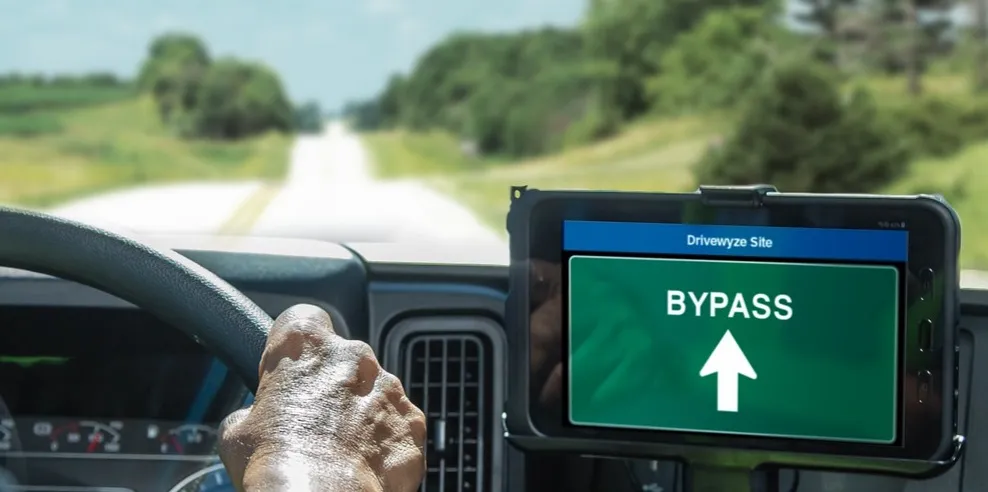International Road Dynamics (IRD) supported Georgia Motor Carrier Compliance Division (MCCD) in advance of Hurricane Irma’s landfall to advise on ways in which MCCD could monitor the traffic at their weigh stations and provide useful information to internal and external stakeholders. MCCD, the agency responsible for weight and safety enforcement in the state, indicated they were already watching the IRD Virtual Weigh Station (VWS) websites very closely.
September 18, 2017
Read time: 1 min
Advanced features built into IRD's software offered MCCD the data needed to reassure all stakeholders. This response to an extreme weather event also introduced MCCD to the advanced real-time data capabilities of their commercial vehicle screening systems that have the potential to assist them with observing traffic patterns and speeds when other events, such as holidays or construction, affect traffic.










